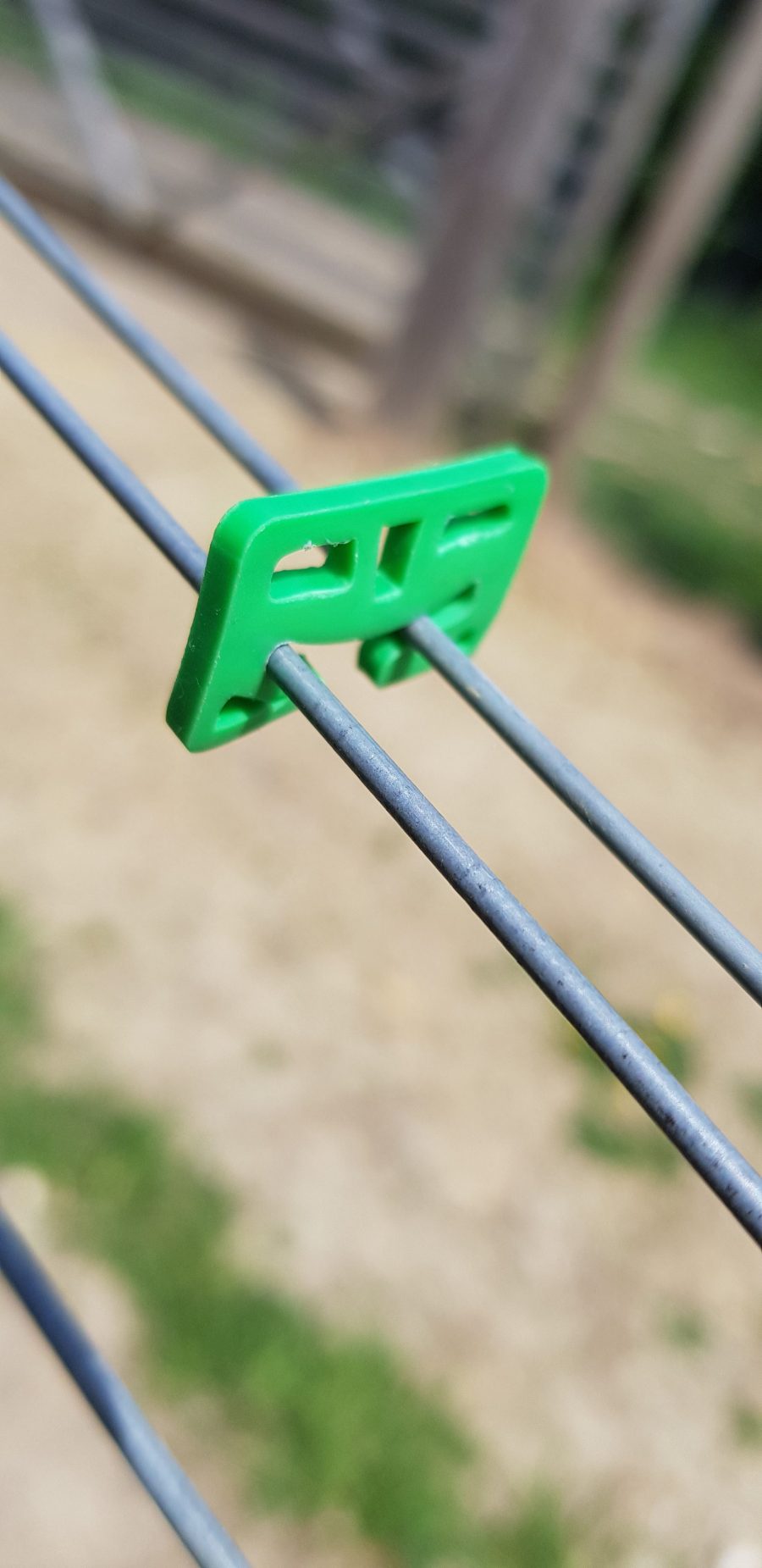By the time this article goes to press most growers will have completed shoot removal and shoot selection / crown thinning and will be looking at lifting their first pair of foliage wires into position. In the UK, the majority of growers train their vines using the VSP system with most trellis systems having 2 or 3 pairs of moveable / catch / foliage wires.
At Vine-Works Ltd, our preferred method is to position, (after pruning) two pairs dropped to lowest post tag, (or hook nail) and the third pair raised to the top tag. This allows for the two lower wire lifts to catch shoots in a single action. These lifts take place when at least 80% of shoots are at the desired height. The third (top) pair of wires are slackened and rotated down towards the shoots and brought up, (hopefully) catching all shoots before being hand-tensioned on moveable chains.
So, your catch wires have been lifted into position and pulled hand-tight using the chains on the end with your perfectly uniform shoots all caught inside. However, there is still slack in your foliage wires which means your shoots are hanging out and are likely to snag on passing machinery – how best to create perfectly vertically positioned shoots you ask? The simple answer is the foliage ‘C ’clip. These simple clips pick up the slack creating perfect tension, ensuring your shoots look like regimented ‘jail bars’. This will help with a consistent canopy and more uniform ripening of fruit. You can also sleep safe at night knowing there is less tedious tucking in of shoots and that no foliage wires will get wrapped around your trimmer blades.
The C clip is particularly helpful in the third year of growth when vines ordinarily only have a few shoots coming from the crown area, not a full cane on the wire. With only a few shoots there is often a lot of slack in the foliage wires; clips tighten this slack.
There are plenty of different manufacturers of these wonder clips with reusable or biodegradable options available. The reusable versions require the collection of clips at pruning which is an additional pass through the vineyard. Does the cost saving of materials out-weigh the use of disposable clips you ask? On our cost analysis it’s more cost effective to use the biodegradable version. There are other versions that stay attached to wires, though these do get lost.
Reusable versions tend to be plastic-based however there are several versions of the bio type: some are plant-based cellulose, some photo-bio-degradable (one or more seasons to degrade fully in the soil), synthetic and others made from fibre board (wood) pressed with pine resin. Clearly the bio-degradable options are our preferred choice, the fibre board versions are easier to remove at pruning and are broken down with the following season. We’d recommend that the bio version are cut through the clip during pruning and allowed to degrade; a much more efficient use of time than collecting reusable versions.
As with all issues viticulture-related there are multiple theories and the number of clips required per vine is no exception. We recommend that C clips are placed centrally between vines in the trellis bay though not adjacent to the trellis post. This should tension the foliage wires sufficiently, but allow enough slack should further (vertical) shoot positioning be required after clipping. Some growers use two clips per bay on lower wires and three per bay on top wires. Allow a minimum of one clip per vine.
Bingo! You should now have perfectly vertical ‘jail bar’ shoots throughout your canopy.




